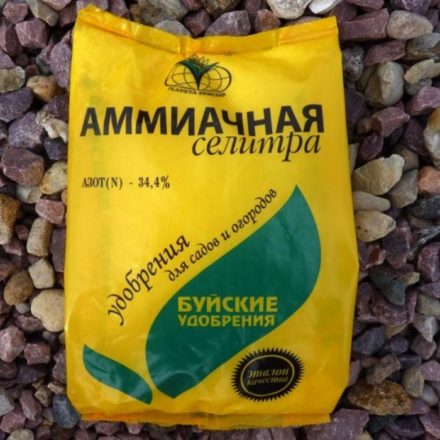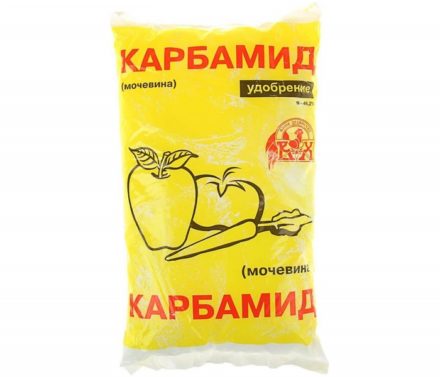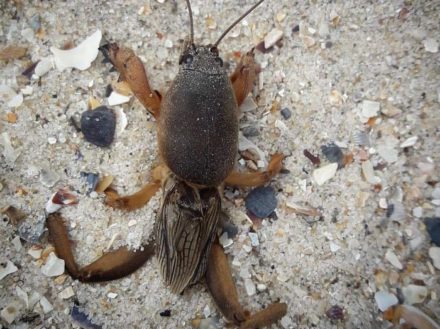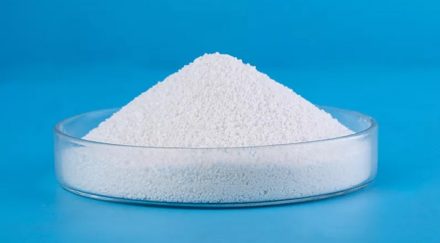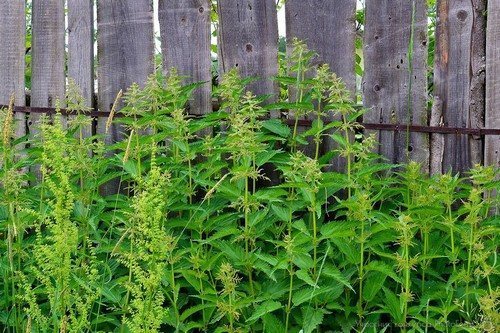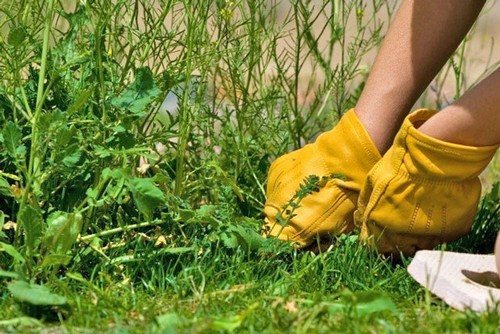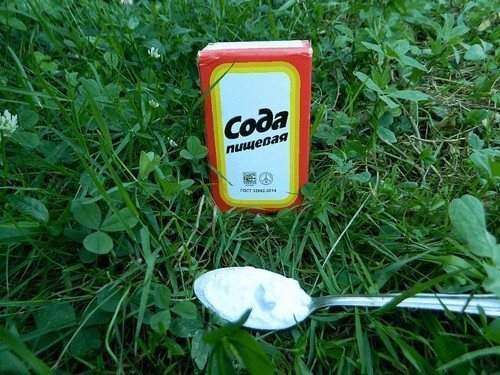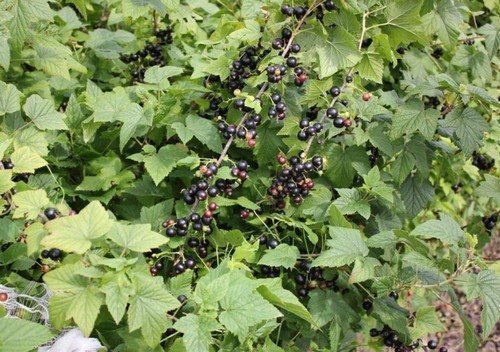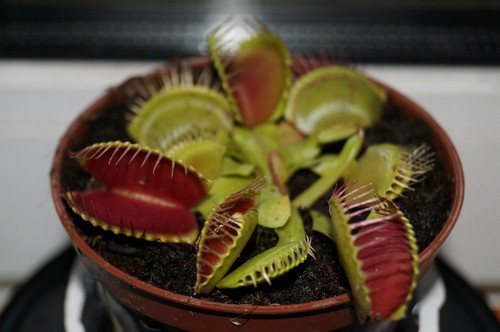Many lovers of gardening and vegetable gardening have plots on their plots that are overgrown with moss. Many people believe that this scourge can cause harm to plants; other gardeners and gardeners use it as decoration for beds, garden beds, and also make entire garden sculptures from it. But few people know that forest moss can be an excellent helper in the garden. Why is it so valuable, and how can it be used?
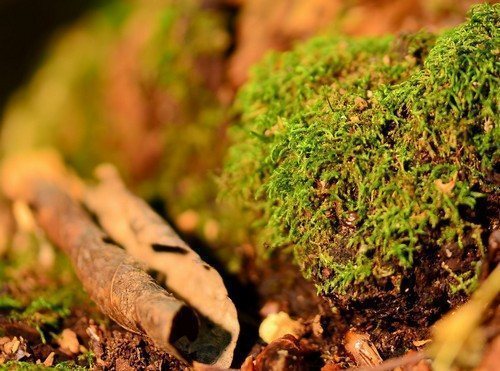
What is forest moss?
It is believed that mosses are one of the firstborns of the plant world that appeared on planet Earth approximately more than 300 million years ago. There are about 10 thousand species, which are combined into 700 genera, and they will include another 110-120 families.
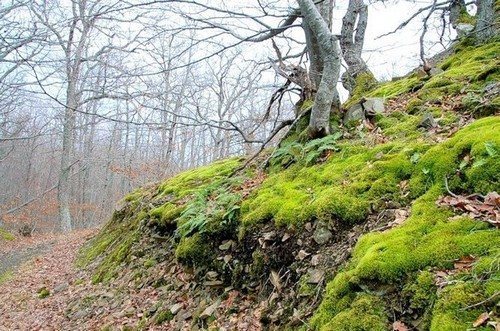
Mosses are plants that do not have a root system, but can grow on almost any surface if they can attach to it. The home for growth can be:
- trees;
- stones;
- land plots;
- walls and roofs of houses;
- building foundation.
However, in order for mosses to grow on designated surfaces, there must be a source of moisture present. For example, moss may appear on the wall of a house due to a leaking drainpipe, and the foundation often becomes overgrown if water often collects near it.
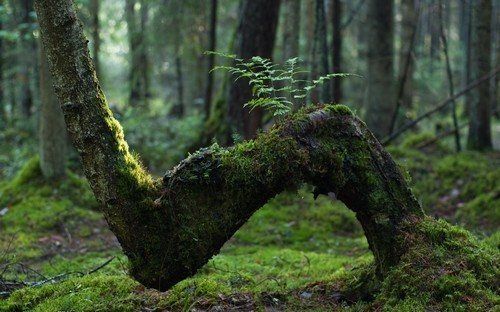
a brief description of
The upper part of the plant is a rich green color, while the lower part is dry and yellowish in color.The fact is that the plant cap does not allow oxygen to pass through well, so when they form new balls, they block the air from the lower ball. Thus, its slow death occurs, and the dead particles of the plant form peat bogs. Peat is an excellent fertilizer for mosses. Often the designated vegetation grows in swampy areas, but is also found in forests or forested areas where moisture and shade prevail. In addition to the formation of peat, there are other useful properties, for example:
- The plant is considered an excellent antiseptic due to its sphagnol content, which can suppress bacterial microflora.
- It does not allow moisture to evaporate from the soil and can accumulate quite a lot of it, thereby providing itself with the necessary level of humidity.
- It also helps replenish the soil with useful substances that are formed during the death of the lower particles of the plant.
- Maintains a stable temperature regime in the soil, as it retains heat in winter and coolness in summer.
- The presence of phytoncidal properties makes it possible to eliminate the process of mold formation, so it is recommended to place cuttings and seedlings in moss balls. This way you can ensure their safety for a long time.
In addition, weeds almost completely do not grow on moss-covered soil, so there will be no need for additional weeding of the area.
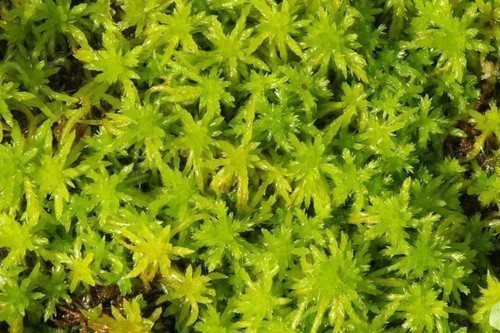
How to put forest moss to good use in your garden
From the noted beneficial properties of moss, it becomes clear that it can be used in your summer cottage in any variations.But specifically, what ways of using it will be beneficial directly in the garden? Let's look at the main ones.
Mulching
You can mulch garden crops, but only those that like acidified soil. This way you can not only fertilize, but also get rid of grass.
Planting seedlings
To ensure comfortable growth of seedlings, it is recommended to use moss by adding it to the soil where seeds of garden (vegetables) or garden crops (flowers) were sown. Thanks to this mixture, the plants will have stable soil moisture, and this will also protect the seeds or the root system of seedlings from rotting if the soil is heavily waterlogged during watering.
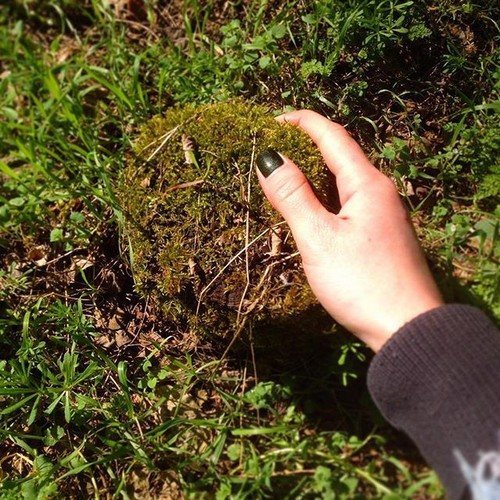
Weed removal
The dense surface of moss does not allow any weeds or any other plants to grow, so it should be planted with already grown crops.
Soil disinfection
Since moss is considered one of the best natural antiseptics, it can be used not only as a fertilizer, but also as a means to eliminate:
- various fungal diseases;
- development of bacteria;
- mold formation.
To do this, it is brought into the ground and dug up. A similar procedure can be performed either in the fall to prepare the beds for planting in advance, or in the spring the soil is dug up before planting the seedlings.
Insulation
Moss has excellent thermal insulation properties, so it can be used to cover plants in the garden that do not tolerate cold well or are facing a harsh winter. It will be enough to sprinkle the soil in the garden bed around the plant with dry moss.
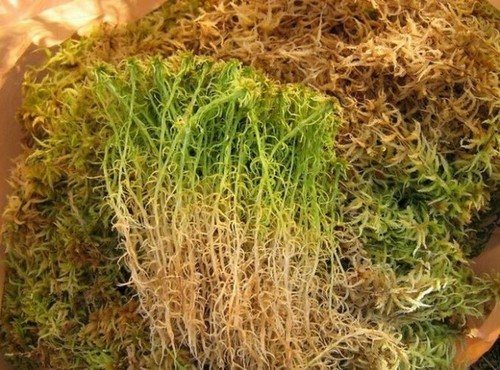
How to make a workpiece correctly
As for the question of how to prepare the substrate for its further use as mulching, the best collection period will be the beginning of autumn. To do this, you need to go to a forest where spruce or pine trees grow, or if there is a wetland nearby. To collect a plant, you should carefully cut off its upper part; it is advisable to choose older specimens. After cutting off the tops, you need to bring them home and scald them with boiling water. Then spread the sphagnum moss in a thin layer in the sun, but the place must be well ventilated. When the moss is dry, it must be placed in linen bags or you can use paper bags.
If the designated substrate is needed for cultivation, then the collection method is slightly different. The plant will need to be cut off a little, capturing the underlying substrate. Such caution is necessary so that the lower part of the future planting material is not damaged. After bringing home the collected moss, you need to dry it for 2 days. After the specified time has passed, it must be crushed (crushed or finely chopped). Next, you need to prepare the planting material and for this you will need to treat it with fermented milk products (yogurt, kefir), and only then plant it. But it is recommended to remember that you need to choose a planting site where shade will prevail during the day. During the first months, you should periodically water the sown particles so that it can acclimatize to the new place.
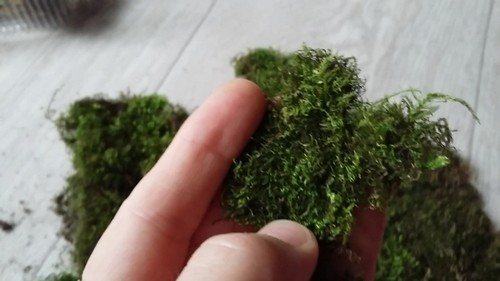
Points to consider
As noted earlier, moss is a fairly moisture-loving plant, and its use in areas where sunlight predominates throughout the day is not rational. The fact is that using it in the form of mulching garden crops planted in open areas will require additional watering. Because moss not only absorbs water well, but can also quickly evaporate it. Besides:
- Promotes soil oxidation, as it contains organic acids, and some plants simply cannot grow in it.
- If you use moss as mulching, but for it to have a long period of action, you must at least use a layer of at least 10-15 centimeters. This mainly applies to lining around fruit trees.
- For mulching, you need to take dry moss, which is pre-dried. When dry, it can be stored in ordinary linen or paper bags.
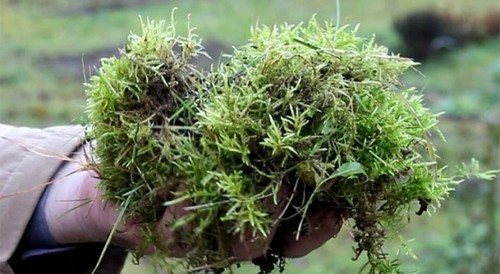
To summarize, we can say that using moss in your garden can bring many benefits to plants, and if you use it as landscaping for your summer cottage, moss will become an effective decorative element that will bring joy with its beauty for many years.


